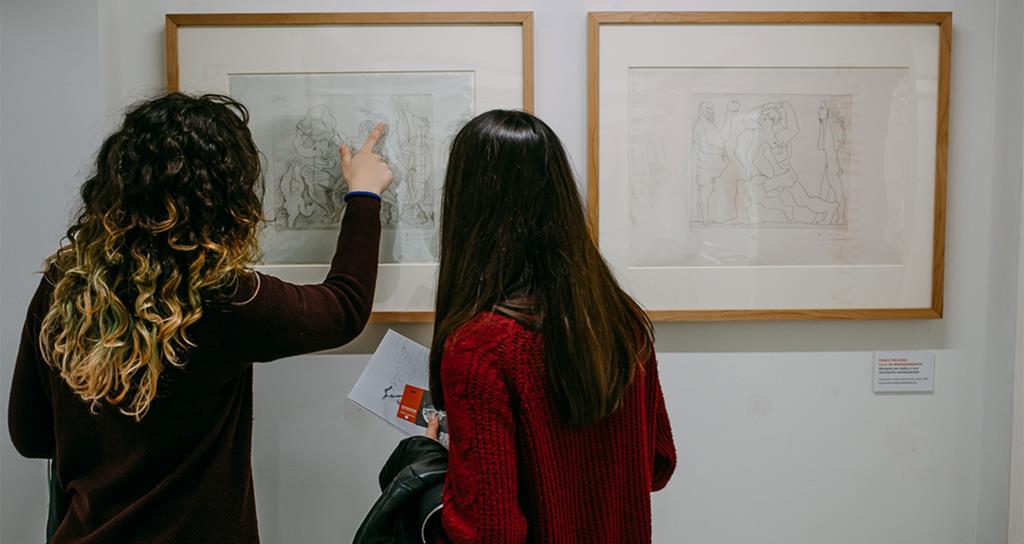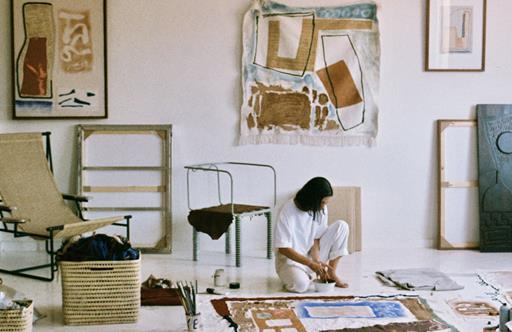Beyond the City
The Comunidad de Madrid offers an array of enticing attractions away from the urban sprawl

Madrid’s big, bustling city gets all the attention – and for good reason. But return visitors know that there’s just as much to see and do outside the capital: walled towns, Michelin-starred restaurants, Unesco World Heritage Sites, the spectacular Sierra de Madrid mountain range, even a sandy beach for cooling off when the summer temperatures soar. While madrileños treat the region as their backyard, few tourists ever venture beyond the city’s limits, making the Comunidad de Madrid a fabulous detour for soaking up authentic Spanish culture. Make a day trip out of discovering its medieval castles and charming mountain villages, or spend a weekend motoring around the area, using Parador de Chinchón, a 15th-century monastery turned hotel – one of nearly 100 properties in the country’s excellent state-run Paradores hotel chain – as a jumping-off point. Here are other must-sees to add to your itinerary.
Tour Castles, Medieval Fortifications and Royal Palaces

The Prado Museum and the Royal Collections Gallery are a good start. But to really travel back through Spanish history, consider “castle-hopping” through the Comunidad de Madrid, home to 30 some castles, fortresses and towers dating to medieval times. One of the best-preserved examples is Manzanares del Real, a magnificent castle complex located in the foothills of the Sierra de Guadarrama. The newer of the two castles, the Mendoza Castle, was built in 1475 by one of Spain’s most influential families and still houses a collection of tapestries, antique furniture and armour. From there, continue to the town of Buitrago del Lozoya, which sits on a promontory surrounded by the Lozoya River and is enclosed by high-defensive Arabian walls. Once home to members of the Castilian and Spanish monarchy including Juana la Beltraneja, the Mudéjar-Gothic castle now serves as a cultural venue for classical music performances and exhibitions.
Far grander than any castle is the Royal Palace of Aranjuez, the summer residence of Spain’s Bourbon Dynasty and a Unesco World Heritage Site known for its gilded halls and Versailles-style formal gardens, which span more than 100 hectares. Of the palace’s 300-plus rooms, the most impressive is arguably the so-called Porcelain Cabinet, featuring walls and ceilings covered with white Buen Retiro porcelain and decorated with intricate reliefs by Italian sculptor Giuseppe Gricci. For even more opulence, look no further than the vast Monastery of San Lorenzo de El Escorial – another Unesco World Heritage Site and one of Spain’s most visited landmarks – commissioned by King Philip II to commemorate the Battle of St Quentin and constructed by some of the most important architects of the time, including Juan Bautista de Toledo and Juan de Herrera. Sprawling 33,327q m, the monument encompasses 15 cloisters, 86 staircases, 88 fountains and more than 1,600 paintings with masterpieces by Goya, Velázquez, and El Greco.
Click "EXPAND" to go castle-hopping:





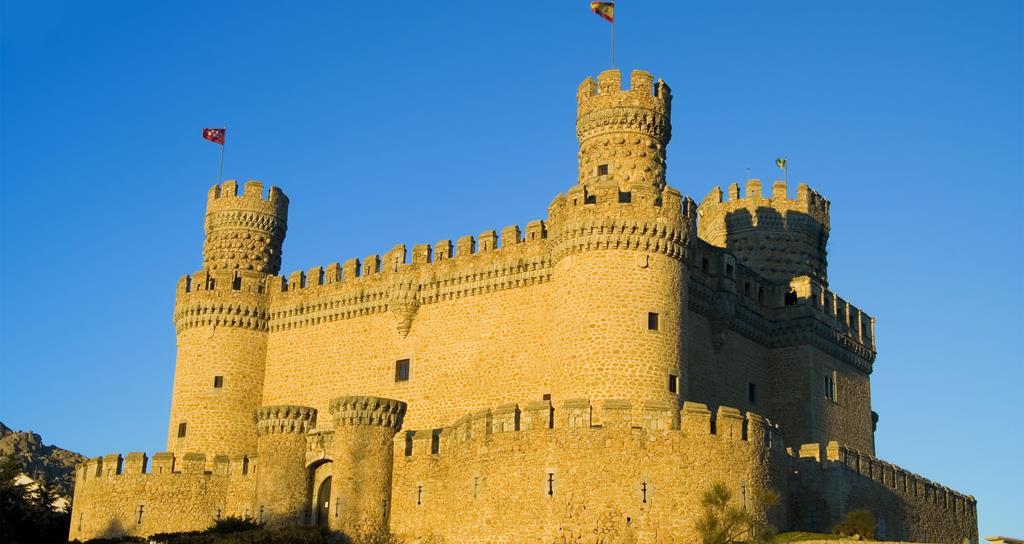
Set-Jet
Since the 1950s, the Comunidad de Madrid has served as the backdrop for countless Hollywood flicks – from spaghetti westerns to films by Stanley Kubrick and Wes Anderson. The Roman movie director Sergio Leone shot part of his “Dollars'' trilogy including The Good, the Bad and the Ugly in the town of Colmenar Viejo, where vast plains were the perfect stand-in for the American West. The area was also a key shooting location for Stanley Kubrick’s Spartacus; more than 8,500 soldiers from the Spanish infantry were used as extras in the film’s famous battle scene, which was shot in the expansive Dehesa De Navalvillar nature preserve, while the historical town of Alcalá de Henares (the birthplace of Miguel de Cervantes) doubled as a Roman city during a triumphant post-battle scene. If you visit, be sure to tour the archaeological site of Complutum, one of the most important Roman settlements in the Iberian Peninsula, which is significant for its collection of well-preserved mosaics. For another movie-inspired excursion, head to the colourful town of Chinchón, an hour from Madrid, where director Wes Anderson shot scenes for his latest film, Asteroid City. The cast and crew lived out of the Parador de Chinchón, with its spectacular glass cloister, a typical convent garden planted with fruit trees, and interiors decorated with Renaissance murals and Castilian-style furniture.
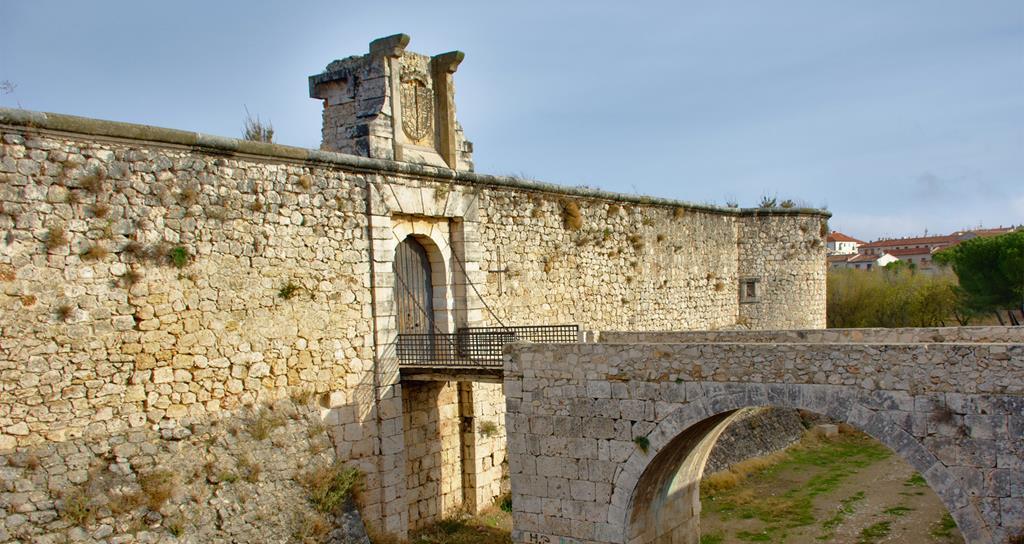
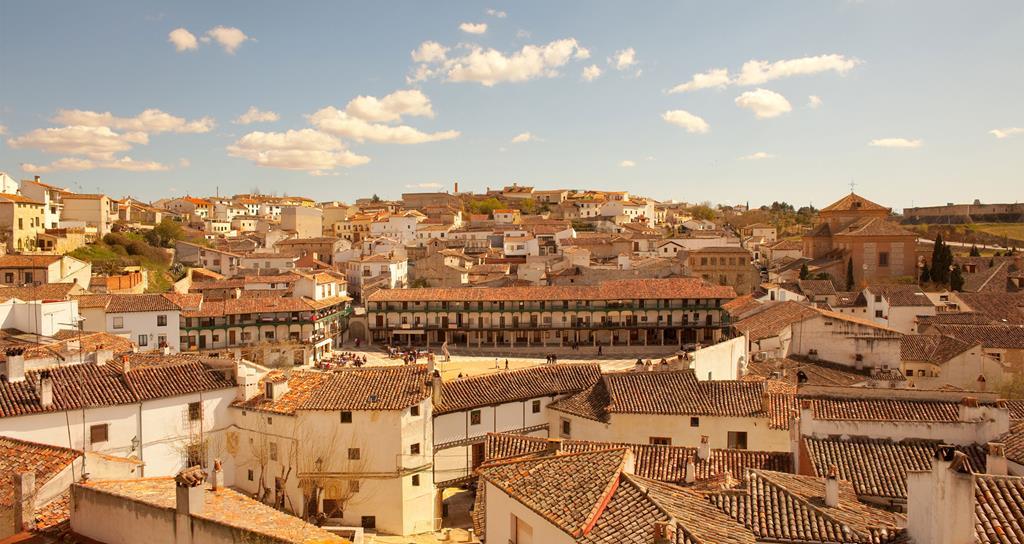 Chinchón
Chinchón
Natural Adventures

While Madrid has no shortage of green space, its surrounding region is primed for more active adventures like hiking, mountain biking, canyoning, even skiing. The Sierra del Rincón mountain range is prized for its Unesco-designated Biosphere Reserve, which encompasses one of the southernmost beech forests in all of Europe and is home to a diverse range of wildlife including honey buzzards, wild boar, roe deer and otters. It’s particularly beautiful in autumn, when the forest turns brilliant shades of orange, red and yellow. Meanwhile, the Sierra de Guadarrama National Park encompasses 33,960 hectares of mountain grasslands, coniferous forests, natural lagoons, rock fields and formidable granite peaks, the mightiest of which is Peñalara. The park, an all-seasons adventure playground, is renowned as a birder’s paradise, with 133 catalogued species including imperial and golden eagles. When the mercury rises, many madrileños will head to mountain villages of Cerecedilla and Navacerrada while others will beat the heat by taking a dip in the El Pantano de San Juan. Located 70km southwest of Madrid, the picturesque reservoir has a sandy beach and watersports like sailing and paddle boarding.
Click "EXPAND" to explore the outdoor destinations:




Farm-to-Table Eats
There are dozens of restaurants in Madrid serving regional specialties like tripe, olla del segador (chickpea stew) and cochinillo asado (roast suckling pig). But nothing compares with going to the source of these delicacies in the Comunidad de Madrid, where you can experience rich culinary traditions that have been immortalised in the writings of Cervantes and Hemingway.
Chinchón’s colourful main square features lively eateries spilling over with locals and shops selling local honey and olive oil. Meanwhile, gourmands will want to set their sights on Michelin-recognised restaurants like Montia in San Lorenzo de El Escorial and the Atelier Casa José in Aranjuez, both of which serve seasonal dishes in upscale settings.
Many travellers beeline to major wine-producing regions like La Rioja and Ribera del Duero without realising that there are more than 50 wineries in the area surrounding Madrid, which has its own denomination of origin and is divided into four distinct subzones. Beyond sampling regional varieties like malvar and albillo, you can also go horse-riding through the vineyards, visit 100-year-old cellars in towns like Navalcarnero, and participate in seasonal wine events such as the Colmenar de Oreja Wine Fair.
The Art of Craft
One of the Comunidad de Madrid’s best-kept secrets? An under-the-radar Picasso museum that houses a unique collection of works amassed by Picasso’s longtime friend and barber, Eugenio Arias. The men met while living in exile in southern France and bonded over their love of bullfighting. They soon became inseparable, and over the course of their 26-year friendship, the Málaga-born painter gifted his friend 71 works spanning drawings, lithographs, ceramics, posters, books, even a wooden barbershop box engraved with bullfighting scenes. In a testament to their friendship, many of the pieces are inscribed with the words Para mi amigo, Arias (For my friend, Arias). When Picasso passed away in 1973, Arias donated these creations to the local council in his hometown of Buitrago del Lozoya. Now, a small museum, the Picasso Museum-Eugenio Arias Collection, contains these unique treasures along with photographs by Andre Villers and David Douglas Duncan and a bust of Picasso by Francisco Aguilar.
